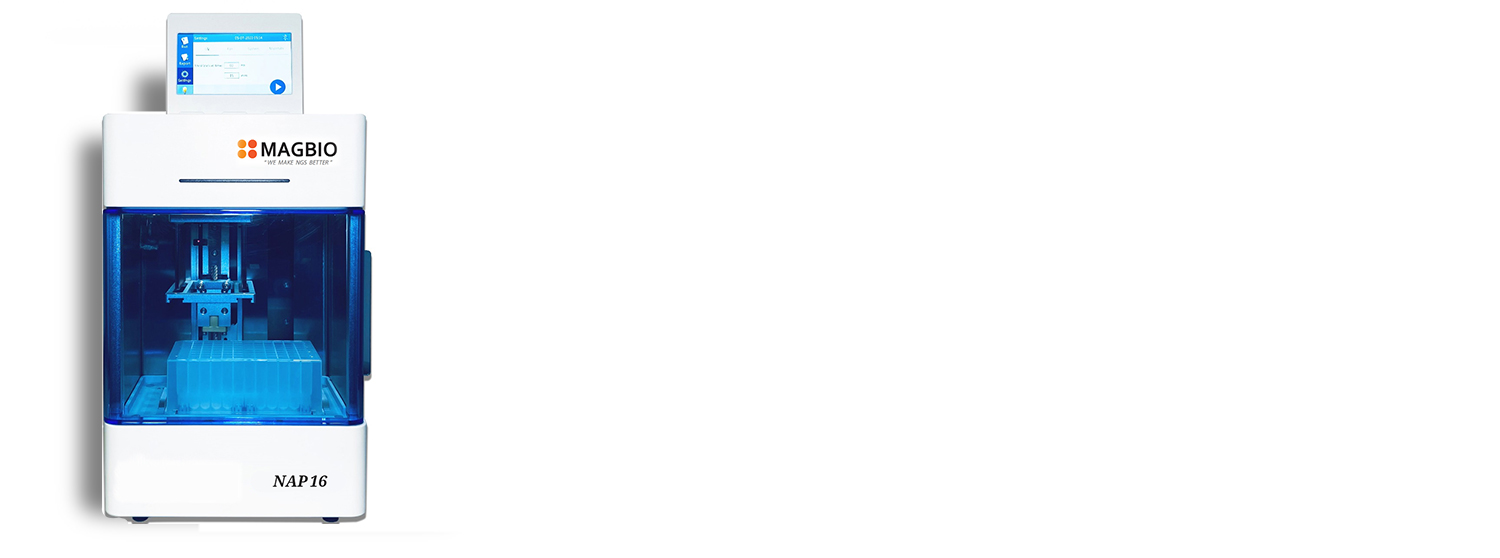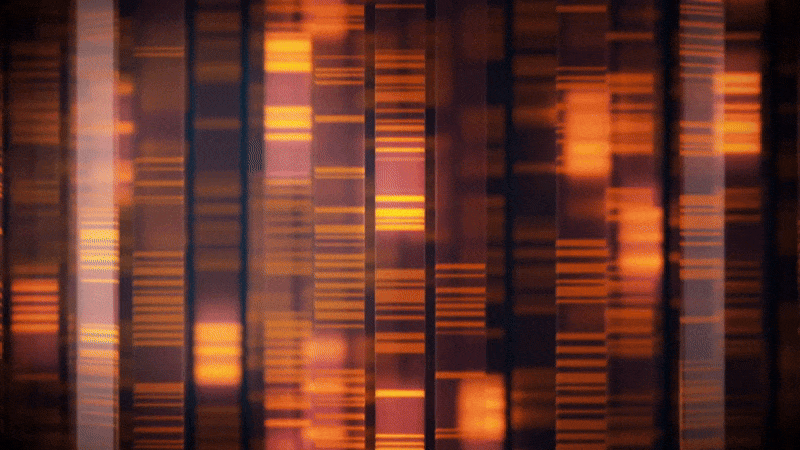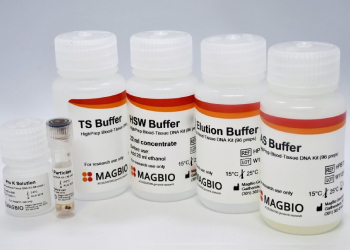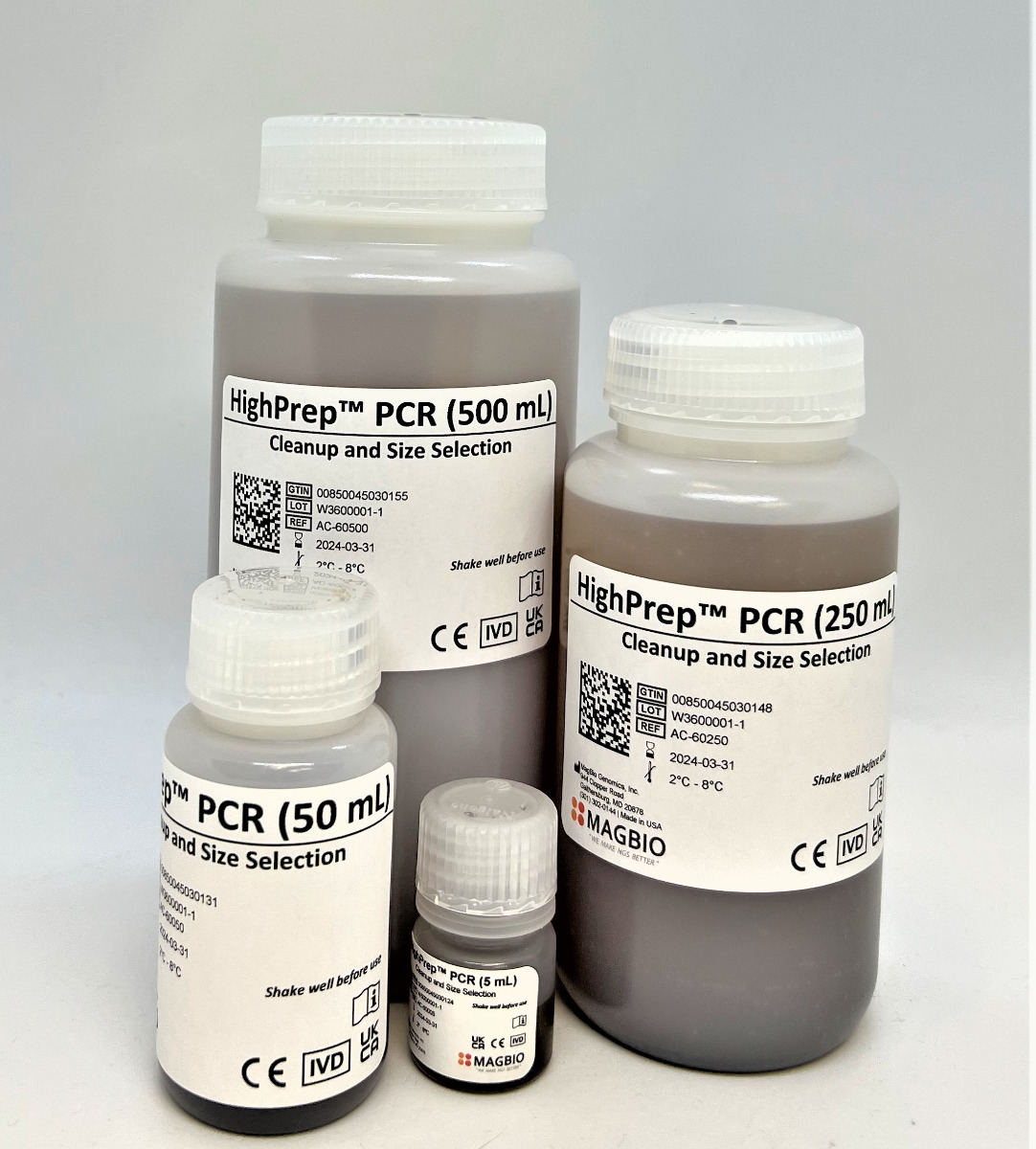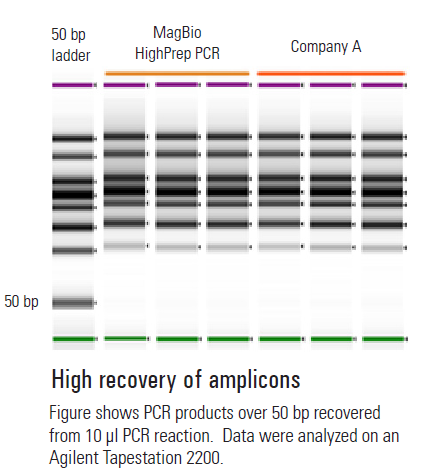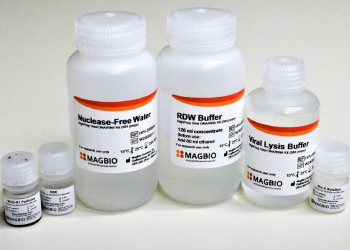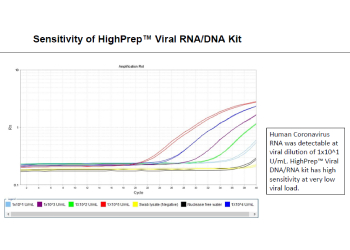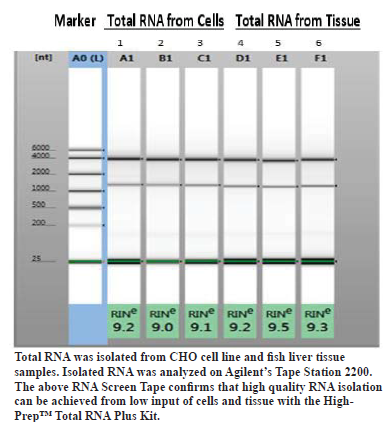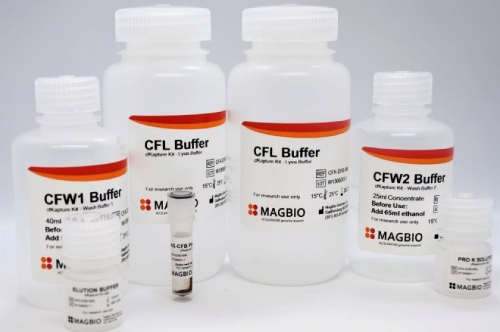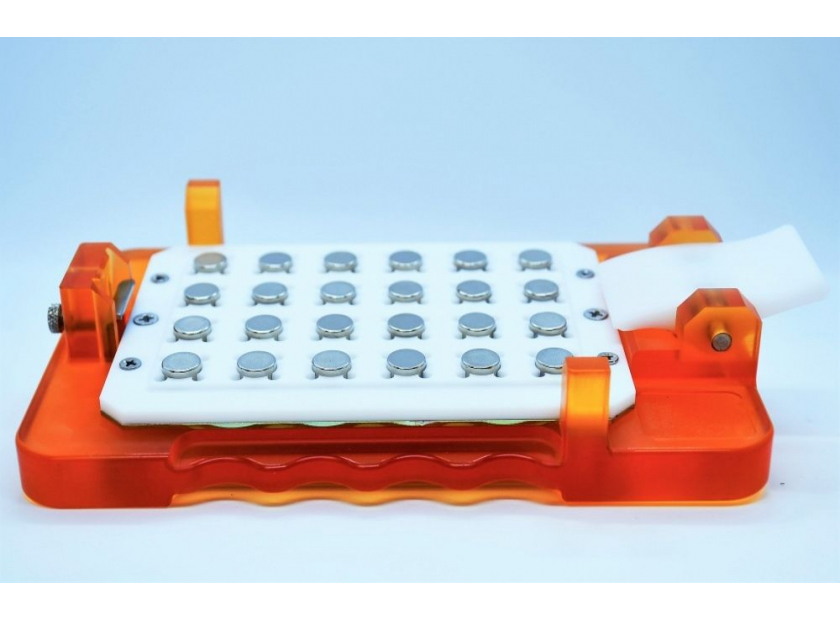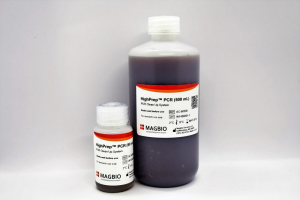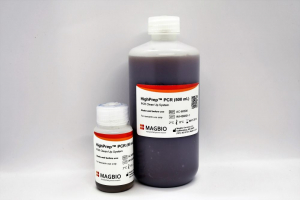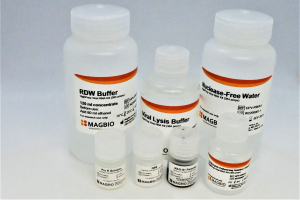What are Magnetic Beads and How Do They Work for Isolation of Biomolecules?
Magnetic beads are made up of very small (20 to 30 nm) iron oxide particles, such as particles of magnetite (Fe3O4). This gives the beads superparamagnetic properties.
Superparamagnetic beads display magnetic behavior only in the presence of an external magnetic field. The small size of the particles enables them to remain separated in suspension, along with whatever they are bound to. Since they don’t exhibit magnetic behavior without the presence of a magnetic field, there is no risk of unwanted clumping.
Several types of magnetic beads are available based on surface coatings and chemistries. Based on the magnetic beads’ binding properties, they can be used for the isolation and purification of DNA, RNA, proteins, and other biomolecules easily and effectively.
Magnetic beads are automation-friendly and well-suited for –
- preparing samples for NGS (next-generation sequencing) and PCR
- purification of various types of biomolecules, including genomic DNA, plasmids, mitochondrial DNA, RNA, and proteins
- molecular and immunodiagnostics
- magnetic-activated cell sorting (MACS) and more
A key benefit of using magnetic beads is the ability of isolating nucleic acids and other biomolecules directly from crude samples, and from many different types of samples, without much processing.
How does magnetic bead DNA extraction work?
After binding a biomolecule, like DNA, an external magnetic field makes the beads stick to the outer edge of the containing tube. As the beads are immobilized, the bead-bound DNA is retained during washing. An elution buffer is added, and the magnetic field is removed. The DNA is now released as a purified sample, ready for quantitation and analysis.
There is no need for vacuum or centrifugation, reducing stress on the target molecules. This method also requires lesser number of steps and reagents than other DNA extraction processes. It is amenable to automation in 24, 96, and 384-well plates.
All the above reasons make magnetic beads effective and reliable for nucleic acid isolation and other applications.



 (301) 302-0144
(301) 302-0144 info@magbiogenomics.com
info@magbiogenomics.com
